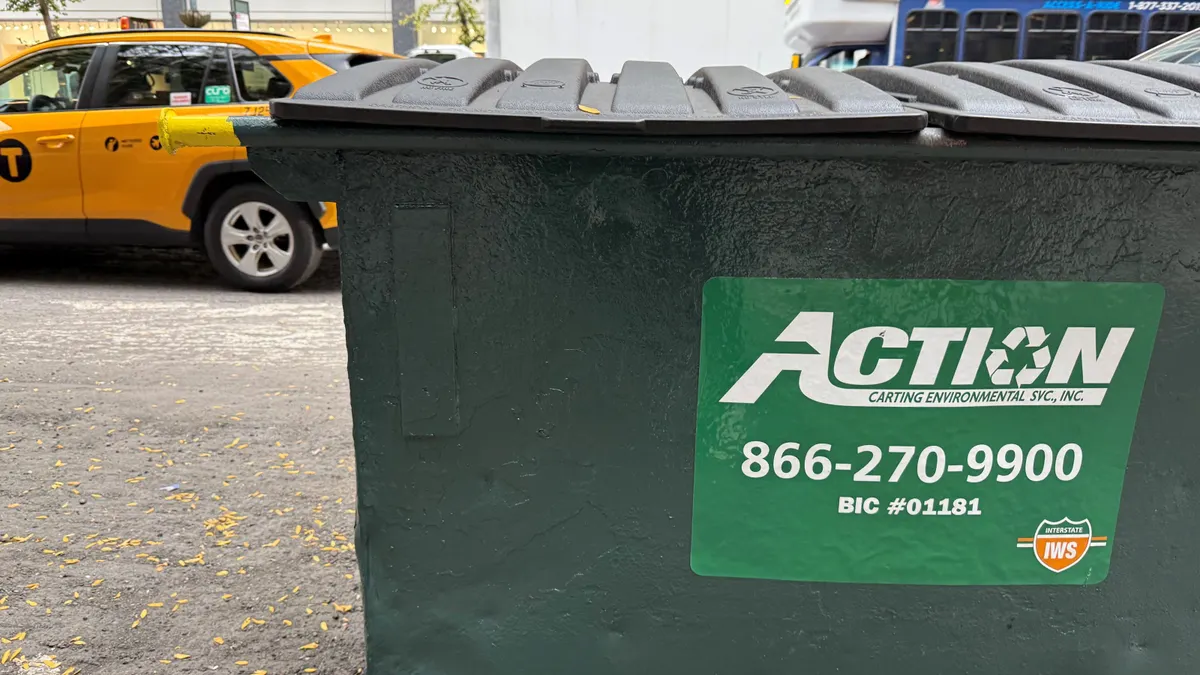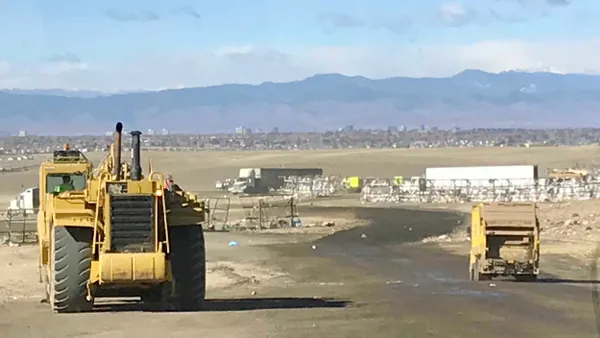Dive Brief:
- Smiths Creek Landfill in St. Clair County, MI, is using human fecal waste from residential septic tanks to accelerate decomposition of waste, increasing the landfill’s life while generating renewable energy. This "septage bioreactor" concept is vetted through a research and development project conducted by Novi, MI-based environmental engineering consultants CTI and Associates.
- In addition to facilitating quicker stabilization of waste mass, "Treating the septage within the landfill reduces the likelihood of contamination of county surface waters through land application," said Matthew Williams, landfill and resource recovery manager for Smiths Creek Landfill, to Waste360.
- The septage bioreactor generates close to 40% of the landfill's gas, enough to supply two generators that produce up to 3.2 megawatts of electricity, which could power 1,900 homes.
Dive Insight:
This fairly novel idea allows operators to capture more landfill gas for renewable energy—something that some regions are spending multimillions to do. At the same time, it provides a cheaper way to reclaim recovered airspace as the waste breaks down faster. The system would have specific benefits for smaller waste disposal facilities too, according to Williams.
“Many ... facilities in the US with smaller volume of waste receipt do not opt for active gas collection. The septage bioreactor methodology would expedite gas generation and potentially support financial investment for gas-to-energy recovery at those facilities," he said to Waste360.
The public has reservations, mainly tied to odors, and facility operators are concerned about employees' health. But Michigan Senator Phil Pavlov, who co-sponsored legislation to push for the project, said the results speak for themselves.
"There was an economic development tool in play. The water would get cleaner. A strong community benefit was important. It was the right thing to do," he said to Waste360.








